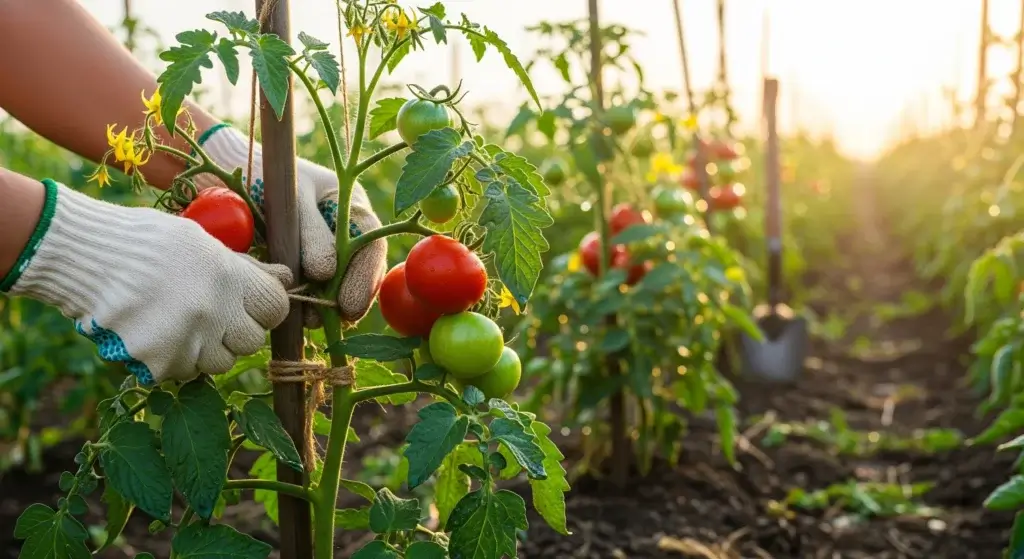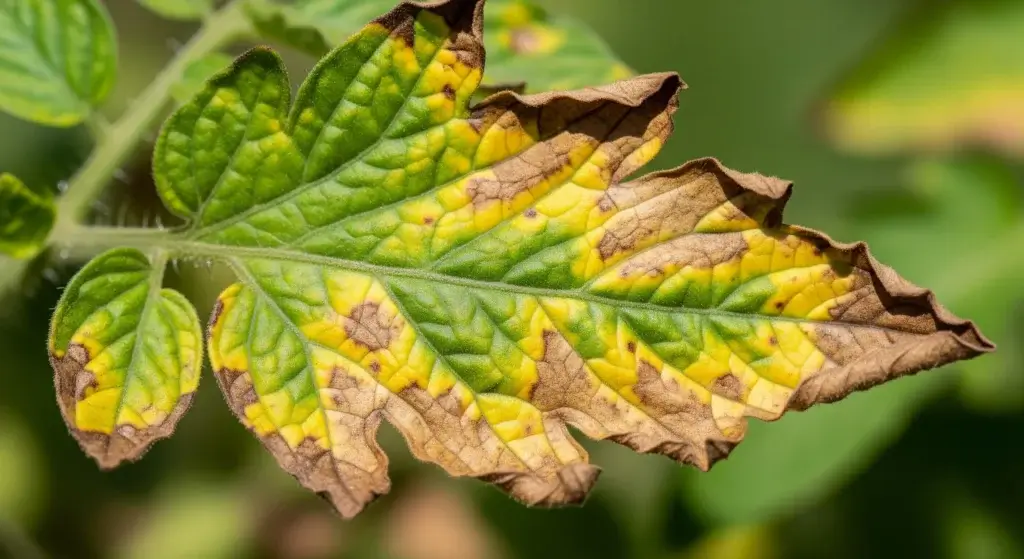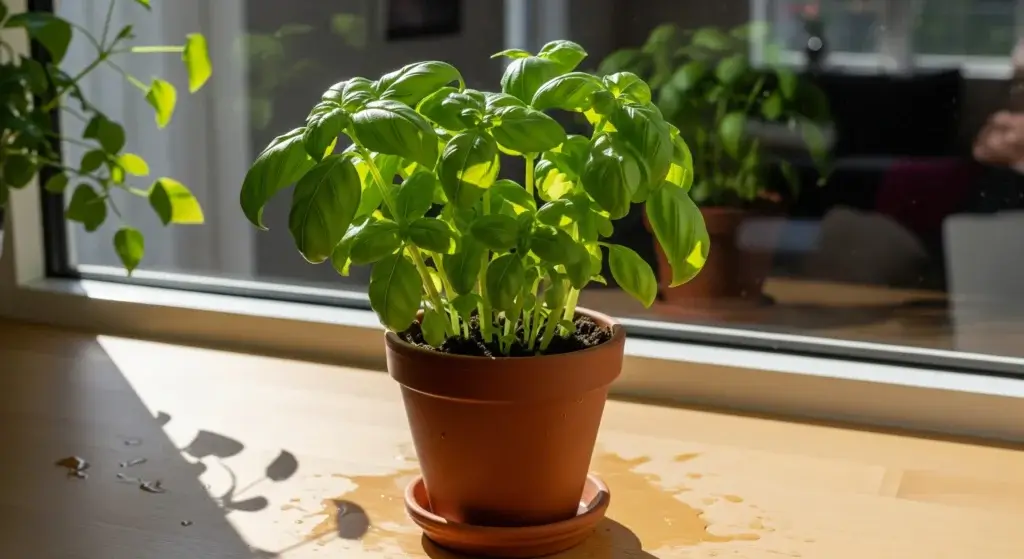
Growing vibrant and productive pepper plants starts from the ground up—literally!
Healthy soil is crucial for thriving peppers, whether you’re cultivating sweet bell peppers or spicy chilies.
Testing and amending your soil ensures it has the right pH, nutrients, and organic matter to support strong growth and abundant harvests.
In this guide, we’ll explore how to test your soil, understand the results, and make amendments for the best possible pepper growth.
Why Test Your Soil?
Soil is the foundation of a healthy garden or farm.
Testing it helps you understand what nutrients it has, what it lacks, and how to improve it for better plant growth.
Here’s why soil testing is essential:
Know your soil’s nutrients
Plants need the right balance of nutrients to grow strong and healthy.
A soil test shows levels of nitrogen, phosphorus, potassium, and other essential elements.
This helps you apply the right fertilizers and avoid wasting money on unnecessary treatments.
Improve plant growth
If your plants are struggling, poor soil health might be the reason.
Testing helps you adjust pH levels and nutrient content, ensuring plants get what they need to thrive.
Prevent over-fertilization
Adding too much fertilizer can harm plants and pollute water sources.
A soil test guides you in using the right amount, reducing waste and environmental impact.
Save money and time
By knowing exactly what your soil needs, you avoid trial-and-error gardening.
This saves money on fertilizers, soil amendments, and even water by improving soil efficiency.
Support a sustainable environment
Healthy soil promotes better water retention, reduces erosion, and minimizes harmful runoff.
Testing helps you maintain balanced, productive soil for long-term sustainability.

How to Test Your Soil
Testing your soil is easier than you might think!
Whether you choose a DIY kit or a professional lab test, knowing what’s in your soil helps you grow healthier plants.
Here’s how you can do it:
DIY soil test kits
Home soil test kits are a simple and budget-friendly way to check your soil’s pH and key nutrients like nitrogen (N), phosphorus (P), and potassium (K).
Here’s how to use them:
- Collect soil samples from different spots in your garden.
- Mix the samples together to get an average reading.
- Follow the kit’s instructions to test your soil.
- Compare the results with the provided chart to understand your soil’s pH and nutrient levels.
These kits give you a quick overview of your soil’s condition so you can make small adjustments as needed.
Professional lab testing
For a deeper analysis, sending your soil to a lab is the best option.
Lab tests provide precise details about micronutrients, organic matter, and even possible contaminants.
Many agricultural extension offices offer affordable testing.
Once you send in your sample, the lab will provide a detailed report with recommendations on how to improve your soil’s health.
This is a great option if you want expert advice tailored to your specific soil conditions.
Understanding Your Soil Test Results
Once you’ve tested your soil, it’s time to make sense of the results.
Here’s what to look for and how it affects your pepper plants.
pH levels
Peppers grow best in slightly acidic soil, with a pH between 6.0 and 6.8.
If the pH is too high (alkaline) or too low (acidic), your plants may struggle to absorb essential nutrients.
This can lead to slow growth, weak plants, and lower yields.
Adjusting the pH with soil amendments, like lime for acidic soil or sulfur for alkaline soil, can help keep your peppers healthy.
Nutrient levels (N-P-K)
Your soil test will measure three key nutrients that peppers need to thrive:
- Nitrogen (N) – Encourages leafy, green growth. Too much nitrogen can lead to lots of leaves but fewer peppers.
- Phosphorus (P) – Supports strong roots and boosts fruit production. A phosphorus deficiency can lead to weak plants and small peppers.
- Potassium (K) – Improves overall plant health, strengthens resistance to disease, and helps peppers grow firm and flavorful.
If your soil test shows a deficiency in any of these nutrients, you can add organic or synthetic fertilizers to balance them. Compost, bone meal, and potassium-rich fertilizers can all help improve soil quality naturally.

Amending Your Soil Based on Test Results
Once you have your soil test results, you can make the right adjustments to create the best growing conditions for your peppers.
Here’s how to fine-tune your soil’s pH and nutrient levels.
Balancing soil pH
The right pH helps plants absorb nutrients effectively.
If your soil is too acidic or too alkaline, here’s how to fix it:
If soil is too acidic (low pH)
Add lime (calcium carbonate) to gradually raise the pH.
Be sure to follow the recommended application rates—too much lime can make the soil too alkaline.
If soil is too alkaline (high pH)
Lower the pH by adding sulfur or peat moss.
Organic matter like compost also helps make the soil more acidic over time.
Boosting Nutrient Levels
If your test shows nutrient deficiencies, here’s how to restore balance:
Low nitrogen (N)
Add composted manure, blood meal, or a balanced organic fertilizer to encourage healthy leaf growth.
Be careful not to overdo it—too much nitrogen can lead to lots of leaves but fewer peppers.
Low phosphorus (P)
Use bone meal or rock phosphate to support strong roots and encourage more fruit production.
These slow-release options provide long-term benefits.
Low potassium (K)
Add potash, wood ash, or kelp meal to strengthen plants, improve fruit quality, and enhance disease resistance.
Enriching soil with organic matter
Healthy soil isn’t just about nutrients—it also needs good structure and moisture retention.
Adding compost, aged manure, or leaf mold improves soil texture, helps retain water, and naturally boosts fertility.
According to the Soil Science Society of America, organic matter can improve soil fertility by up to 20%!

Simple Tips for Healthy Pepper Soil
Growing strong, productive pepper plants starts with healthy soil.
Here are a few easy ways to keep your soil rich and balanced:
Add nutrient-rich compost
Good soil needs a steady supply of nutrients.
Mix in homemade compost or well-aged manure to improve soil structure and fertility.
Adding 1–2 inches of compost to your garden bed each season helps peppers grow strong and healthy.
Rotate your crops
Planting peppers in the same spot year after year can lead to soil depletion and pest problems.
To keep your soil balanced, rotate peppers with legumes like beans or peas, which naturally restore nitrogen to the soil.
Mulch to protect the soil
A layer of organic mulch, such as straw or shredded leaves, helps in multiple ways—it locks in moisture, keeps the soil cool, and prevents weeds from taking over.
Over time, mulch also breaks down and adds nutrients to the soil.
Water the right way
Peppers need consistent moisture but don’t like soggy roots.
Water deeply to encourage strong root growth, but avoid overwatering.
To prevent disease, try to water at the base of the plant rather than spraying the leaves.

Final Thoughts
Testing and amending your soil is a small investment that pays off with healthier plants and a bigger pepper harvest.
By understanding your soil’s needs and providing the right nutrients and pH balance, you create the perfect environment for your peppers to thrive.
With a bit of preparation and care, you can enjoy a bountiful and flavorful pepper season!
FAQs
It’s recommended to test your soil every 2-3 years or before planting a new crop of peppers.
Yes! For example, coffee grounds can help lower pH, while crushed eggshells can raise it over time.
Peppers benefit from a balanced fertilizer with a slightly higher phosphorus content, such as a 5-10-5 N-P-K formula.
For containers, use high-quality potting mix and test it just as you would garden soil. Amend as needed to maintain nutrients throughout the growing season.



